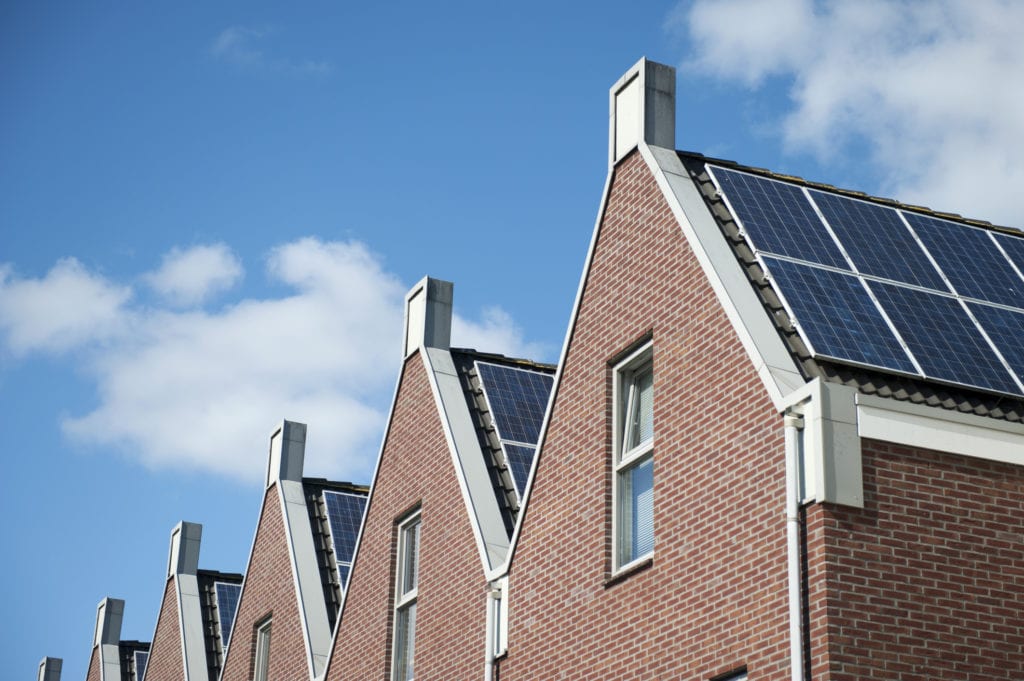
Harnessing renewable energy to power your home brings numerous practical benefits. Not only does it help reduce your household's environmental footprint, but it can also lead to significant savings on your regular utility expenses. With new policies coming into play, it's highly probable that homeowners will see even more incentives like rebates and tax reductions in the upcoming years. Let’s explore the different ways you can integrate renewable energy into your home and discover which options might suit your lifestyle best.
What Exactly Is Renewable Energy?
Energy derived from natural, inexhaustible resources like sunlight and wind is referred to as 'renewable'. Unlike finite resources such as coal or oil, the sun won't deplete anytime soon. Additionally, renewable energy is clean, producing no harmful emissions during its conversion process, unlike fossil fuels, which release pollutants during processing. Understanding the various forms of renewable energy and how they function is essential for making informed decisions about adopting them at home.
Let’s delve into the different types of renewable energy available and explore their practical applications within residential settings.
Solar Power
Solar panels capture sunlight to generate electricity for your home. Typically mounted on rooftops or areas exposed to consistent sunlight, these panels feature an anti-reflective coating to maximize photon absorption. When photons hit the panels, they create electrons, which flow through wires into your home’s electrical system, functioning just like conventional grid-supplied electricity. Even on cloudy days, solar panels remain effective since sufficient photons still reach the panels to produce energy.
Surplus electricity generated can be stored in batteries or sold back to the national grid, offering additional financial benefits. Solar power has surged in popularity among homeowners due to its ease of installation, increased affordability, and positive impact on property values. Many UK residents are finding solar energy increasingly accessible, making it a top choice for sustainable living.
Heating with Solar Energy
Besides generating electricity, solar energy can also be harnessed for heating purposes. Similar to photovoltaic systems, solar thermal panels channel the captured energy into a water tank, heating the water for showers, baths, and central heating. This dual-purpose application makes solar energy a versatile and eco-friendly solution for meeting your household’s energy needs.
Wind Power
While large-scale wind farms dominate the renewable energy landscape, smaller domestic wind turbines are gaining traction. These turbines work by harnessing wind energy to spin a rotor connected to a generator, producing electricity. Although wind turbines can significantly cut electricity costs, they require specific conditions—adequate wind speed and space for installation. High initial costs and logistical challenges often deter widespread adoption, but those in windy regions may find them a worthwhile investment.
Air Source Heat Pumps
Air source heat pumps extract warmth from the ambient air and convert it into usable energy for heating your home. Operating somewhat like a reverse refrigerator, these devices absorb heat from the outside air, compress it to increase its temperature, and distribute it throughout your home via radiators or underfloor heating. Since the majority of the heat comes from naturally occurring air currents, this method is far cleaner than traditional oil-based heating systems.
Biomass Energy
Biomass refers to organic materials like wood chips or paper that serve as alternative fuels. Unlike fossil fuels, biomass emits considerably fewer greenhouse gases during combustion. Modern advancements have made biomass a viable option for heating homes and powering generators. Whether it’s burning firewood in a stove or utilizing advanced biomass boilers, this renewable resource offers a cleaner and more efficient way to meet energy demands.
Hydroelectric Power
Hydroelectric power relies on flowing water to generate electricity. Historically, waterwheels powered mills, and today, hydroelectric dams continue this tradition on a larger scale. If you reside near a river or stream, you might consider setting up a micro-hydro system. Depending on local regulations, you may even be able to install such a system on shared land. This form of renewable energy is particularly beneficial for rural areas with access to moving water.
Renewable Energy Suppliers
More energy providers are transitioning toward sourcing electricity from renewable sources like wind, biomass, and solar. Some companies even offset their reliance on natural gas by funding reforestation projects or other eco-friendly initiatives. As a result, it’s now possible to enjoy ‘clean’ gas alongside renewable electricity.
Â
Bringing Renewable Energy Home
Adopting renewable energy at home involves evaluating multiple factors, including location, budget, and personal preferences. While options like wind turbines or hydroelectric systems may not be feasible for everyone, advancements in solar technology make it a practical and cost-effective choice for many households. Transitioning to renewable energy not only reduces energy bills but also contributes to preserving our planet for future generations. The sooner you embrace renewable energy solutions, the faster you'll reap the rewards.
Learn More About How Solar Energy Could Transform Your Home—Contact Our Team Today!
Filling Machine,Packaging Machine,Powder Filler,Automatic Powder Packing Machine,Powder Packing Machine,spice Powder Package Machine,Milk Powder Packing Machine
Jiangyin Loongyi Machinery Co.,ltd , https://www.loongyi-asia.com